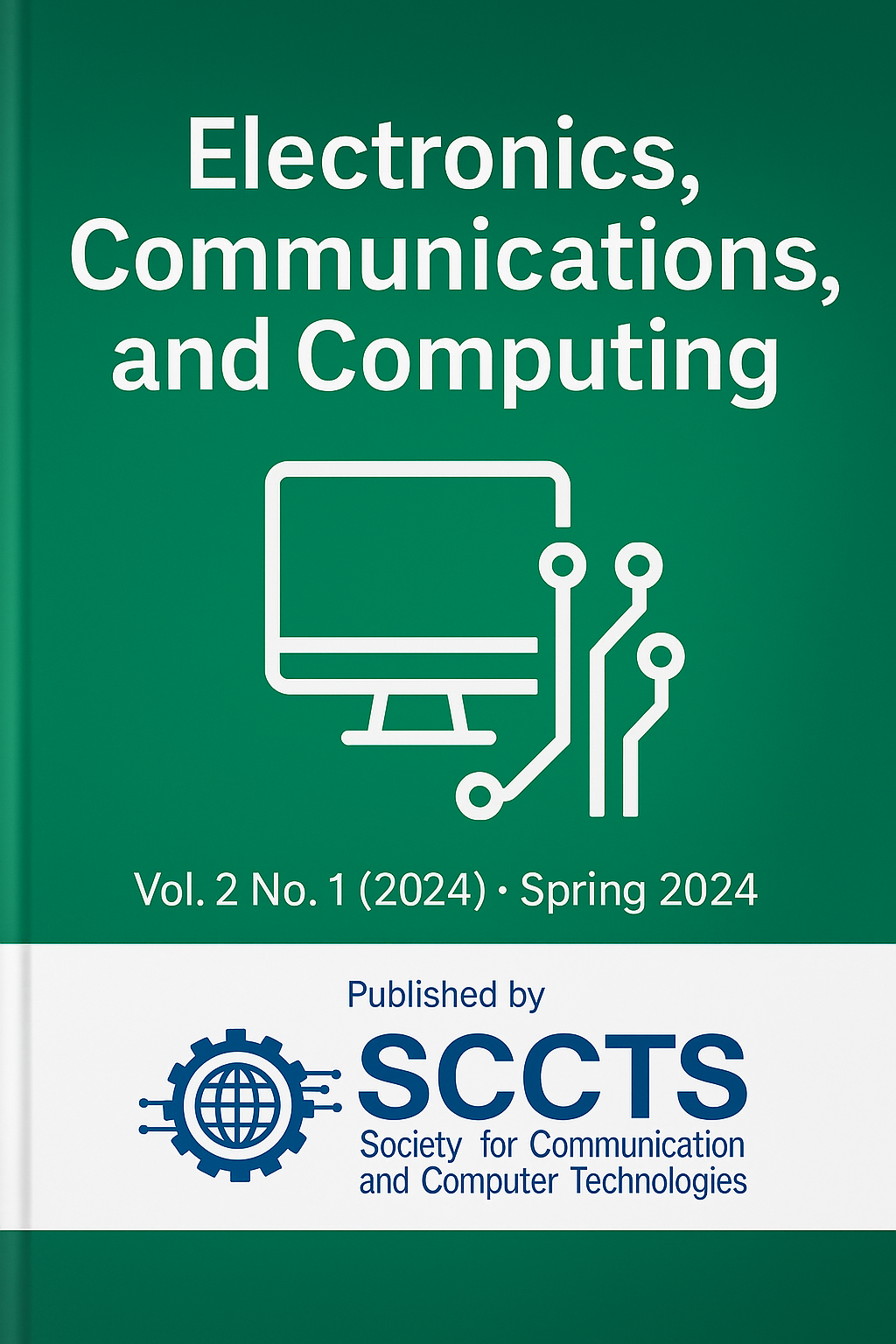Design and Simulation of Ultra-Low Power Embedded Systems for Energy-Constrained IoT Applications
Keywords:
Ultra-low power, embedded systems, DVFS, IoT, System C, Energy Trace, ARM Cortex-M, simulation.Abstract
Ultra-low power (ULP) embedded systems ULP functionalities are the foundation of newer Internet of Things ( IoT ) deployments where energy limitation, size/footprint minimization, and remote autonomy are paramount. This article introduces a new design approach and simulation platform to create greatly power-efficient embedded systems to be used by edge IoT systems in medical care, intelligent farming, and environmental surveillance. The presented architecture designs dynamic voltage and frequency scaling (DVFS), power gating, subthreshold operation and multi-mode transitions between sleep states into a hybrid ARM Cortex-M4F microcontroller platform. Experimental evaluation shows overall energy efficiency increases by 43 percent, active mode power consumption is lowered by 29 percent and idle state current is reduced by 55 percent relative to baseline low-power micro controllers. Moreover, the system provides 17 µs wake-up transition, which makes it very convenient to use in latency-sensitive, event-based applications.Also, a system level simulation framework based on SystemC was created in order to simulate and analyse the real-time energy performance under task oriented application workloads: periodic sensing, wireless data transmission as well as gesture recognition. Power profiling and validation were done through EnergyTrace++ technology of Texas Instruments it offered cycle-accurate measurements of active and idle state energy consumption.A programmable power management unit (PMU) is used to provide run time flexibility, permitting simultaneous optimization of firmware and hardware. The suggested ULP embedded solution provides a realistic and extendible solution to energy-constrained embedded systems and provides solutions to the significant problems in battery-powered and remote IOT deployments. The study lays the foundations of future evolvements in AI enhanced edge systems, where energy-sensitive computation is the sole focus. Future directions involve hardware-in-the-loop (HIL) testing and assimilation of machine learning models into power management models that are used in predicting power across dynamic workloads and workplaces.



